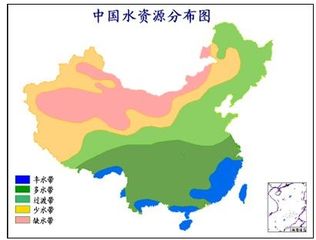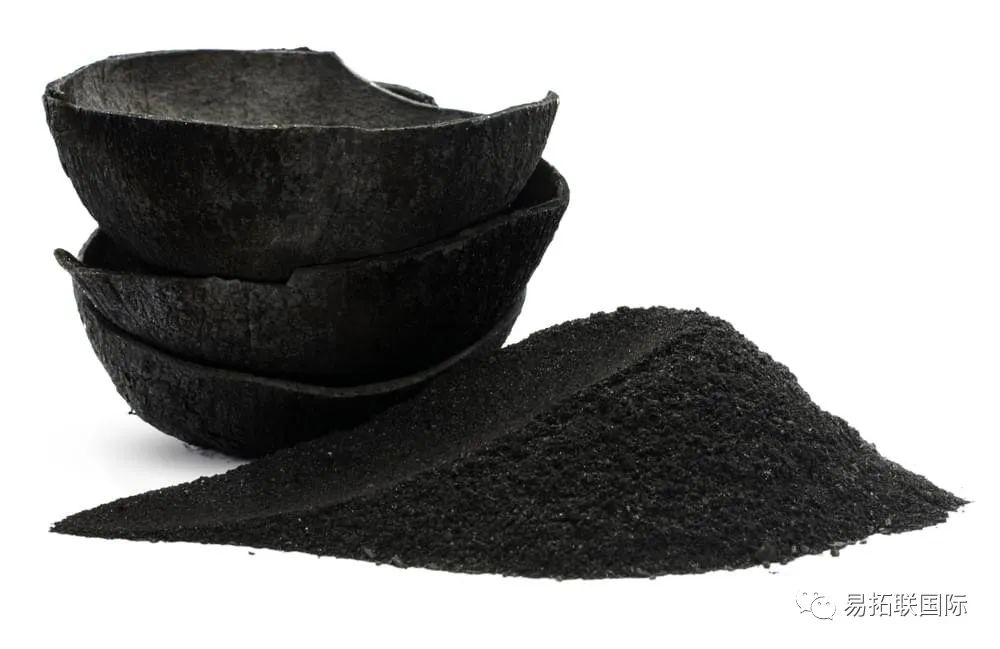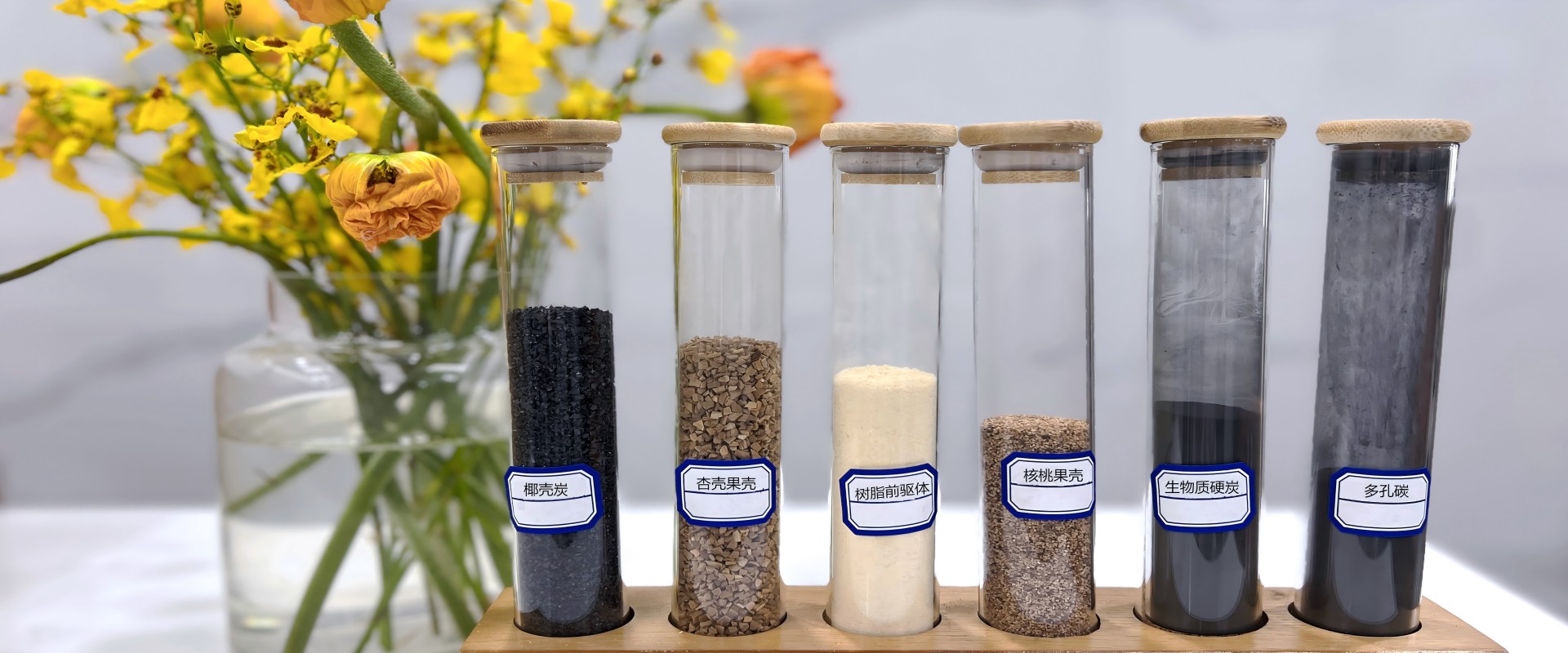Water is the source of life, but in recent years, we have faced increasingly acute problems in water utilization, and water treatment has become a topic of increasing concern. Now, Yituolian will talk to you about the application of carbon materials in water treatment.
Fresh water in the world only accounts for 7% of all water resources, while the available fresh water is only 0.8%. 80 countries in the world are facing a Water crisis. About 1 billion people in developing countries cannot drink clean water, 700 million people do not have good sanitation facilities, and about 25 million people die every year from drinking unclean water.
At many levels, water resources and health are closely related.
China is currently facing many water resource problems, with the most acute being the lack of freshwater, severe waste and pollution.

China has 20% of the World population, but its water resources reserve only accounts for 7% of the global total; Uneven distribution of water resources, with nearly 70% of water used for agriculture, about 20% for industry, and less than 10% for domestic use; The distribution of water resources is uneven. Simply put, the southern, eastern, and coastal regions are relatively abundant, while the western and northern regions are scarce. This series of problems has brought many troubles to our production and life.

From this, it can be seen that water treatment is quite important. Water treatment is the process of removing harmful substances from water that are not necessary for production and daily life through physical, chemical, and biological means, which is closely related to social production, daily life, and water. It is the process of settling, filtering, coagulation, flocculation, corrosion inhibition, scale inhibition, and other water quality conditioning for specific purposes. The field of water treatment involves a wide range of applications, forming a huge industrial application.

As is well known, activated carbon has a long history of application in water treatment. It plays an important role in the removal of chlorine, odor, and adsorption of pollutants in water. In recent years, with the rapid development of the filtration equipment manufacturing industry such as filters and filtration systems, activated carbon has been widely used as a filtering material in fields such as water filtration and gas filtration due to its strong adsorption effect.
The existing drinking water treatment mainly utilizes reverse osmosis technology and plastic water bottles. Reverse osmosis technology involves passing raw water through fine filters, granular activated carbon filters, compressed activated carbon filters, etc., and then pressurizing it with a pump, utilizing a pore size of 1/10000 μ The reverse osmosis membrane (RO membrane) of m (equivalent to 1/6000 of the size of Escherichia coli and 1/300 of the size of the virus) transforms high concentration water into low concentration water, while isolating impurities such as heavy metals, industrial pollutants, viruses, bacteria, etc. that are mixed into the water in large quantities, thereby meeting the prescribed physical and chemical indicators and hygiene standards for drinking. The water purity produced by RO reverse osmosis technology is currently among the highest in all water production technologies mastered by humans, The cleanliness is almost 100%.
Deodorization effect of activated carbon in wastewater treatment process
Activated carbon adsorption columns can remove many foul smelling substances. Odor components such as acetaldehyde and indole are removed through physical adsorption, while H2S and mercaptan are further adsorbed and removed through oxidation reactions on the surface of activated carbon. The removal of hydrogen sulfide and sulfur-containing compounds by activated carbon is relatively ideal, while the removal of ammonia or nitrogen-containing compounds alone is not ideal. Before reaching saturation, activated carbon maintains a relatively stable removal rate for odorous substances and is less affected by changes in gas load, making it more adaptable.
The decolorization ability of activated carbon in the treatment of printing and dyeing wastewater
The use of activated carbon adsorption to treat dye production wastewater with complex components has good results. The basic workflow is as follows:

(1) After coagulation and sedimentation, the COD removal rate and decolorization rate of the anaerobic pre-treatment effluent are about 83% and 99.3%, creating good conditions for subsequent adsorption.
(2) Activated carbon has good adsorption performance. The adsorption conditions of this process are pH=4, powder activated carbon dosage is 20g/L, stirring is required during the adsorption process, and the adsorption time is 40min. The CODCr of the effluent after adsorption is below 150mg/L, which meets the domestic emission standards.
(3) Both alkaline elution and Fenton reagent oxidation regeneration methods can effectively restore the adsorption performance of activated carbon. By adsorbing the regenerated activated carbon, the CODCr removal rate can still reach over 77% and the decolorization rate can reach over 97%.
Application and Development of Combined Processes of Activated Carbon Adsorption and Other Water Treatment Technologies
Potassium permanganate activated carbon combined process
Some water plants in China use the combined process of Potassium permanganate and activated carbon in the treatment of micro polluted water sources, which has a good effect on the degradation of organic matter and the improvement of the ability to remove smell and color. At the same time, this combination process significantly reduces turbidity and saves alum consumption.
bac
Biological activated carbon method is a water treatment technology developed on the basis of activated carbon adsorption technology. The biological activated carbon method is a new method that uses activated carbon as a biofilm carrier and utilizes the adsorption and degradation of activated carbon to remove pollutants from water.
Powder activated carbon activated sludge process (PACT)
This method involves adding powdered activated carbon to the activated sludge aeration tank to form biological activated carbon, which utilizes the synergistic effect of adsorption and degradation to remove organic pollutants. Due to the inherent mechanism of biological activated carbon, it can remove organics that are difficult to remove by Activated sludge, and improve the removal efficiency of activated sludge. On the other hand, activated sludge has stable and good compactness, thereby overcoming sludge bulking. Because of its advantages in economy and treatment efficiency, it has been widely used in Industrial wastewater treatment.




 Phone:+86 13861313805
Phone:+86 13861313805
 E-mail:louis.han@e-tygroup.com
E-mail:louis.han@e-tygroup.com
 Add:Room 2809, Building Ⅱ, The Gate of the Orient, No. 199 Xinggang Street, Suzhou Industrial Park, Suzhou, China.
Add:Room 2809, Building Ⅱ, The Gate of the Orient, No. 199 Xinggang Street, Suzhou Industrial Park, Suzhou, China.
